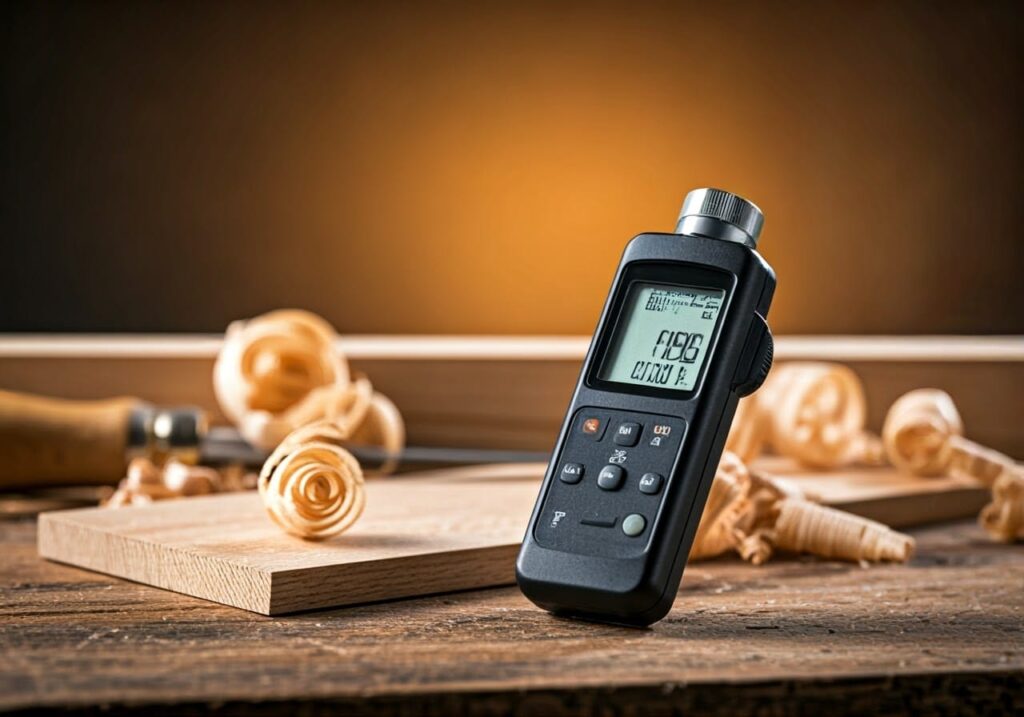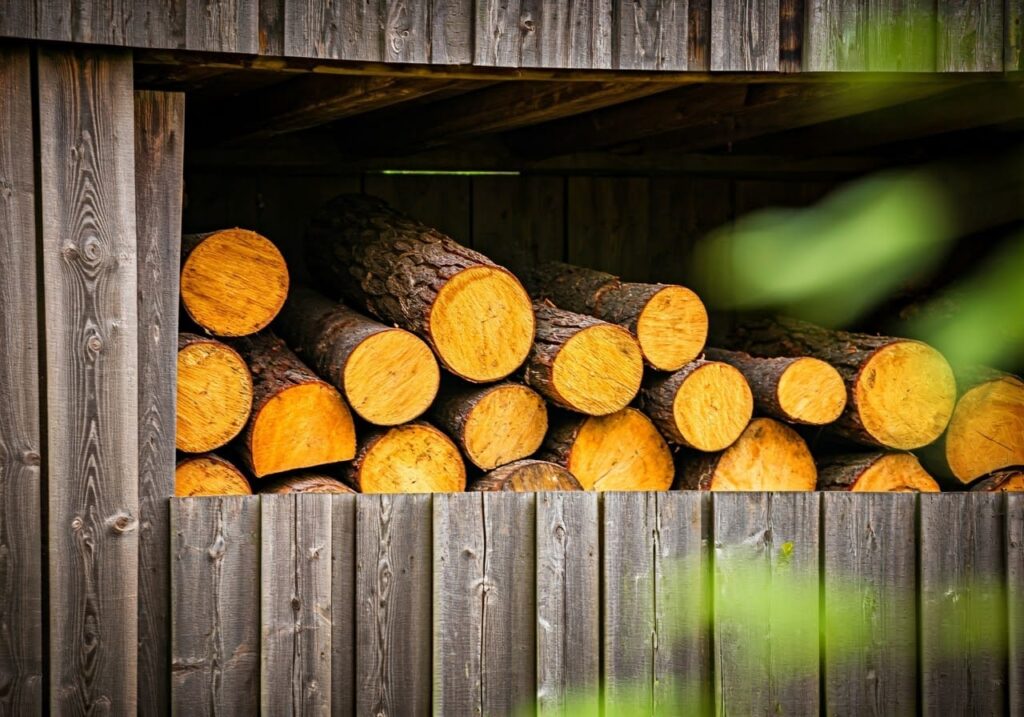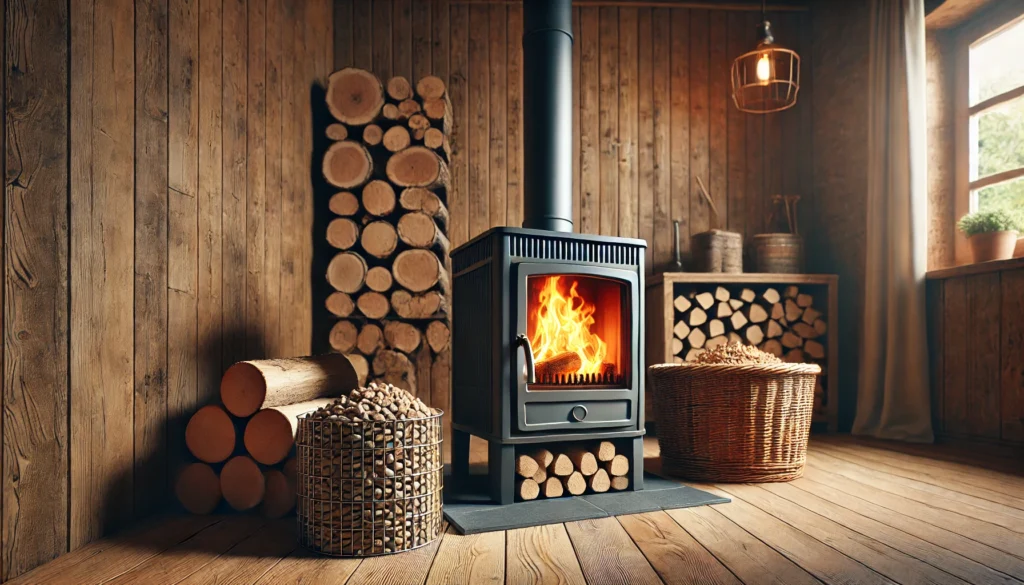Learning to identify well-seasoned firewood is essential for efficient wood burning and optimal stove performance. This comprehensive guide covers testing methods, moisture measurement, and visual inspection techniques to ensure your firewood meets proper seasoning standards for your wood-burning appliance.

Firewood Testing Methods Comparison
| Testing Method | Accuracy | Cost | Ease of Use | Equipment Needed | Results Speed |
|---|---|---|---|---|---|
| Moisture Meter | Very High | $20-100 | Easy | Digital Meter | Immediate |
| Weight Test | Moderate | Free | Moderate | None | Immediate |
| Sound Test | Good | Free | Easy | None | Immediate |
| Visual Check | Moderate | Free | Easy | None | Immediate |
| Split Test | High | Free | Moderate | Axe/Maul | 5 Minutes |
| Bark Test | Good | Free | Easy | None | Immediate |
Professional Testing Methods for Seasoned Firewood
Moisture meters provide precise measurements of wood moisture content. To ensure accurate readings, test the center of a freshly split piece of wood, taking multiple readings and averaging the results. Optimal moisture content varies by wood type and intended use, with well-seasoned wood typically around 15-20%.
Moisture Meter Testing
Digital measurement provides precise results:
Proper Technique:
- Split piece fresh
- Test center wood
- Take multiple readings
- Average results
Optimal Readings:
- Well-seasoned: 15-20%
- Partially seasoned: 20-25%
- Unseasoned: 25%+
- Kiln-dried: 10-15%
Visual Inspection Methods
Visual inspection is a quick and easy way to assess wood quality. Look for signs like cracks, discoloration, and a rough texture on the end grain and surface. A hollow sound when tapped may indicate internal damage. While visual inspection is helpful, it’s important to combine it with other methods, such as moisture meter testing, for a more accurate assessment.
Physical Indicators
Look for these key signs:
End Grain Characteristics:
- Visible cracks/checks
- Darkened color
- Loose bark
- Weathered appearance
Surface Features:
- Gray coloration
- Rough texture
- Lightweight feel
- Hollow sound
Sound Testing Technique
Acoustic Assessment
Traditional woodsman’s method:
Testing Process:
- Select two pieces
- Strike together
- Listen for tone
- Evaluate resonance
Sound Indicators:
- Seasoned: Clear, ringing
- Partially seasoned: Dull thud
- Unseasoned: Heavy thump
- Over-dried: Sharp crack
Weight Assessment
Density Testing
Evaluate wood weight:
Comparison Method:
- Known dry piece
- Similar size pieces
- Species consideration
- Weight difference
Weight Indicators:
- Light = Well-seasoned
- Heavy = Unseasoned
- Species-dependent
- Size-relative
Bark Evaluation
Bark Condition
Assess outer layer:
Visual Signs:
- Loosening bark
- Bark separation
- Color changes
- Texture changes
Testing Method:
- Press bark firmly
- Try gentle peeling
- Check attachment
- Note resistance
Split Testing
Fresh Split Analysis
Examine newly split surfaces:
Interior Indicators:
- Moisture content
- Color variation
- Texture difference
- Fiber condition
Process Steps:
- Split test piece
- Check interior
- Feel moisture
- Note appearance
Environmental Factors
Weather Impact
Wood, a natural material, is significantly influenced by weather conditions. Its drying process, a crucial step in its preparation for various uses, is heavily impacted by factors like temperature, humidity, and seasonal variations. Understanding these weather effects is essential to ensure the quality and longevity of wood products. By considering the climate’s influence, woodworkers and builders can optimize the drying process, minimizing defects like cracking, warping, and mold growth.
Consider climate effects:
Seasonal Influence:
- Summer drying
- Winter moisture
- Spring conditions
- Fall preparation
Regional Variations:
- Humidity levels
- Temperature range
- Rainfall patterns
- Wind exposure
Species-Specific Considerations
Wood Type Variations
Different species show:
Hardwood Indicators: Hardwoods, like oak and maple, require longer seasoning times due to their density. They often exhibit deeper checking (cracking) during the drying process. Changes in moisture content are slower compared to softwoods. Finally, hardwoods generally weigh more than softwoods.
- Longer seasoning
- Deeper checking
- Slower changes
- Denser weight
Softwood Signs: Softwoods, such as pine and spruce, season faster due to their lower density. They often exhibit surface checking (cracking) during the drying process. Changes in moisture content are quicker compared to hardwoods. Finally, softwoods generally weigh less than hardwoods.
- Faster seasoning
- Surface checking
- Quicker changes
- Lighter weight
Common Testing Mistakes
Error Prevention
Avoid these issues:
Testing Problems:
- Surface-only readings
- Single test reliance
- Species confusion
- Weather ignorance
Best Practices:
- Multiple methods
- Regular testing
- Proper technique
- Consistent checking
Professional Tools
Equipment Options
Available testing tools:
Moisture Meters: Check out these today
- Pin-type meters
- Pinless meters
- Combination units
- Professional grade
Additional Tools:
- Split testing axes
- Weight scales
- Reference charts
- Species guides
Seasonal Testing
Time-Based Assessment
Check throughout year:
Storage Period:
- Initial testing
- Mid-season check
- Pre-use verification
- Regular monitoring
Documentation:
- Test results
- Date checked
- Weather conditions
- Storage location
Troubleshooting Guide
Problem Resolution
Address common issues:
Inconsistent Readings:
- Calibration check
- Multiple locations
- Average results
- Equipment verification
Variable Results:
- Weather effects
- Storage conditions
- Species differences
- Testing technique
Record Keeping
Documentation System
Meticulous record-keeping is vital for tracking firewood seasoning progress. By documenting testing dates, moisture readings, storage conditions, and weather notes, you can gain valuable insights. Analyzing these records helps identify patterns, refine your seasoning process, ensure consistent quality, and optimize wood supply management.
Track seasoning progress:
Recording Methods:
- Testing dates
- Moisture readings
- Storage conditions
- Weather notes
Analysis Benefits:
- Pattern recognition
- Process improvement
- Quality control
- Supply management
Conclusion
Understanding how to properly test firewood for seasoning is crucial for efficient wood burning and optimal stove performance. By utilizing multiple testing methods and maintaining consistent monitoring, you can ensure your firewood meets the proper moisture content standards for your wood-burning needs.
Remember that no single test method is foolproof, and combining several techniques provides the most reliable assessment of seasoned firewood. Regular testing and proper documentation help maintain quality control and improve your overall wood-burning experience.


